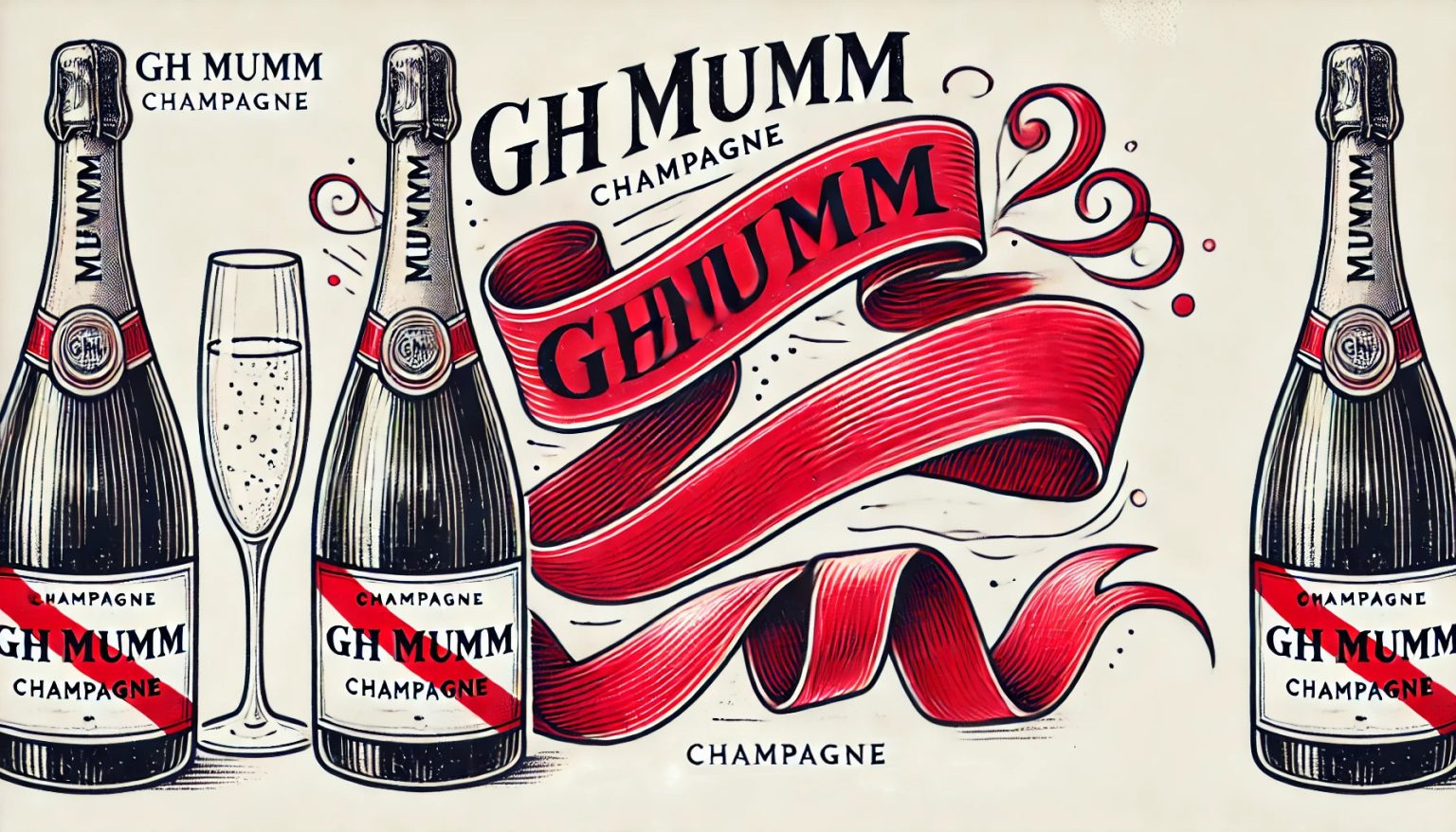Pernod Ricard’s potential sale of GH Mumm has sparked discussions about the future of the champagne market. As one of the world’s most recognizable champagne brands, GH Mumm’s fate could signal broader industry shifts. Is this a one-off strategic move by Pernod Ricard, or does it reflect deeper market trends backed by financial and competitive realities?
Champagne Market Consolidation: A Growing Trend?
The global champagne market is already dominated by a few key players, with LVMH (Moët & Chandon, Veuve Clicquot, Dom Pérignon) leading the pack. Other significant players include Pernod Ricard (GH Mumm, Perrier-Jouët), Laurent-Perrier, and private ownership groups such as those behind Bollinger and Roederer.
Recent M&A activity suggests that consolidation is an accelerating trend. LVMH has been strengthening its position through acquisitions, such as its past purchase of Château d’Esclans to expand in rosé wine. Meanwhile, private investment firms have been increasingly interested in luxury alcohol brands, exemplified by the equity group EPI acquiring Piper-Heidsieck and Charles Heidsieck. If GH Mumm changes hands, it could further concentrate ownership within a handful of dominant brands, reinforcing the champagne industry’s trend toward consolidation.
A likely buyer could be an established champagne house looking to expand its market share, or an investment group seeing long-term value in the premiumization trend. If a major player such as LVMH, Rémy Cointreau, or even a private investment group acquires GH Mumm, it could reshape market competition and further segment the champagne industry into ultra-luxury, premium, and volume-driven categories.
GH Mumm’s Future: A Repositioning Ahead?
Under Pernod Ricard’s ownership, GH Mumm has maintained a strong presence in the premium champagne segment, with a particular focus on mass-affluent consumers and strategic partnerships, such as Formula 1 sponsorships in the past. However, the brand has not been positioned as a true luxury icon compared to LVMH’s top-tier offerings.
GH Mumm has struggled to carve out a dominant position in an increasingly competitive market. Champagne shipments overall saw a post-pandemic rebound, but economic pressures and shifts in consumer preferences have driven greater polarization between ultra-premium and value-driven brands. If acquired by a new owner, GH Mumm could undergo a strategic repositioning. A luxury-driven buyer may attempt to elevate the brand’s prestige, moving it away from volume-driven distribution. Conversely, a private equity-backed acquisition could prioritize operational efficiencies and cost optimizations, potentially affecting brand perception.
A look at previous champagne brand acquisitions suggests that ownership changes often lead to repositioning efforts. When EPI acquired Piper-Heidsieck, the brand saw increased investment in high-end cuvées to elevate its reputation. If GH Mumm’s new owner follows a similar trajectory, we could see a shift toward more limited releases and exclusive marketing strategies.
Pernod Ricard’s Strategic Shift: A Departure from Champagne?
Pernod Ricard’s decision aligns with its broader strategy of focusing on high-margin spirits. The company has been doubling down on premiumization in its core brands, such as Martell cognac and Royal Salute scotch whisky, while restructuring its lower-growth wine and champagne divisions.
Pernod Ricard’s financial reports indicate that its spirits portfolio significantly outperforms its wine and champagne categories. Champagne, while prestigious, operates on thinner margins compared to high-end spirits, which enjoy stronger global demand and better pricing power. Given this, it’s logical for Pernod Ricard to streamline its portfolio and reinvest in its most profitable segments.
This move raises the question: Could Pernod Ricard exit champagne entirely? Perrier-Jouët remains in its portfolio, but its future could also be uncertain if the company continues prioritizing core strengths. Furthermore, Pernod Ricard has been actively divesting underperforming assets, reflecting a shift towards prioritizing high-value segments over volume-driven categories.
Implications for the Champagne Industry
If GH Mumm’s sale materializes, it could set a precedent for other global drinks companies to reassess their champagne holdings. We could see more transactions in the coming years, with conglomerates focusing on core strengths while independent champagne houses look for growth opportunities through acquisitions. This trend would accelerate the ongoing consolidation of the industry, where a few key players control a larger share of the market.
Ultimately, GH Mumm’s potential sale is more than just a portfolio adjustment—it’s a reflection of the evolving dynamics within the champagne sector. Whether this leads to further consolidation, a redefined competitive landscape, or new investment strategies, the champagne market is undoubtedly entering a new phase of transformation.
